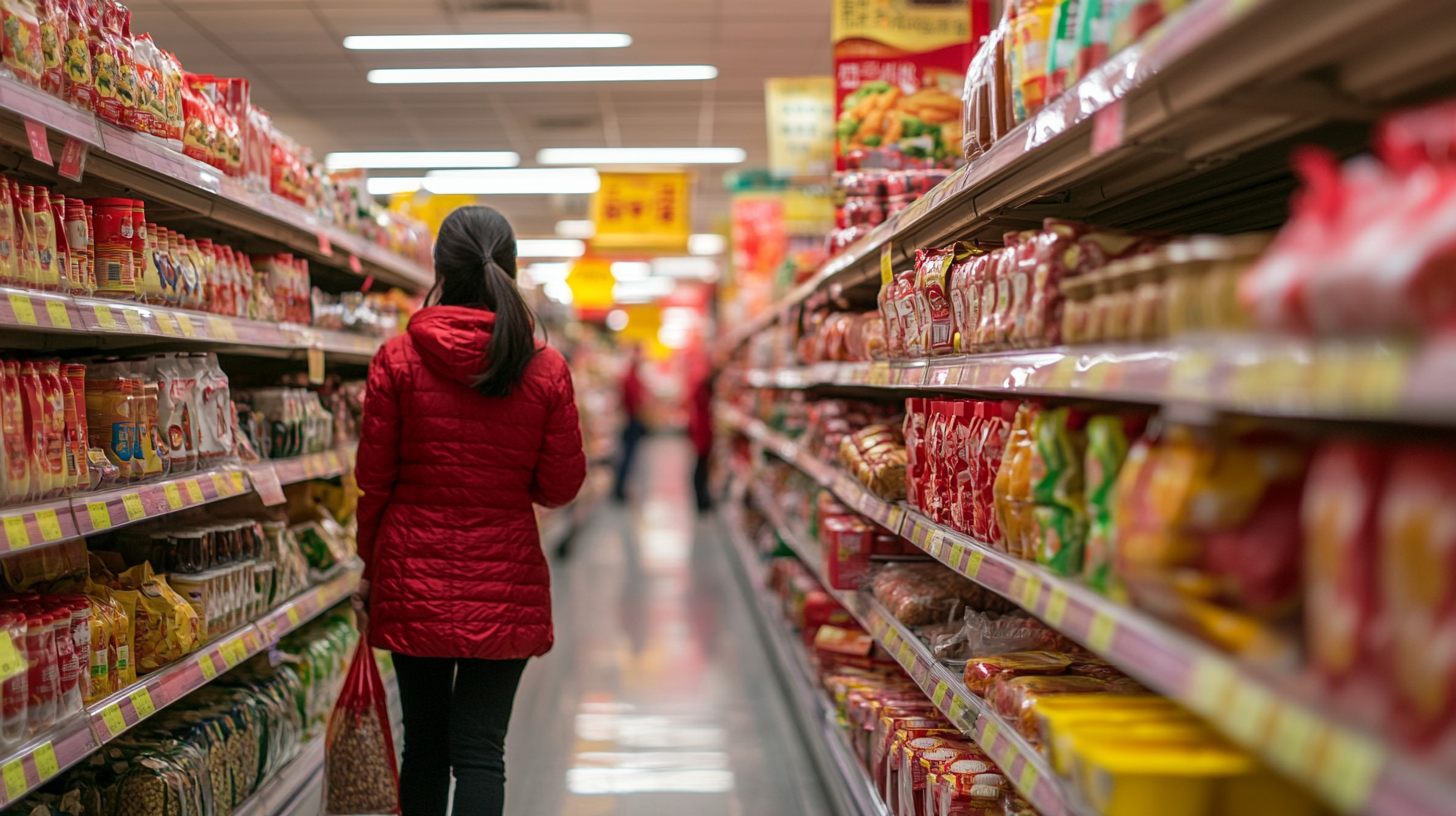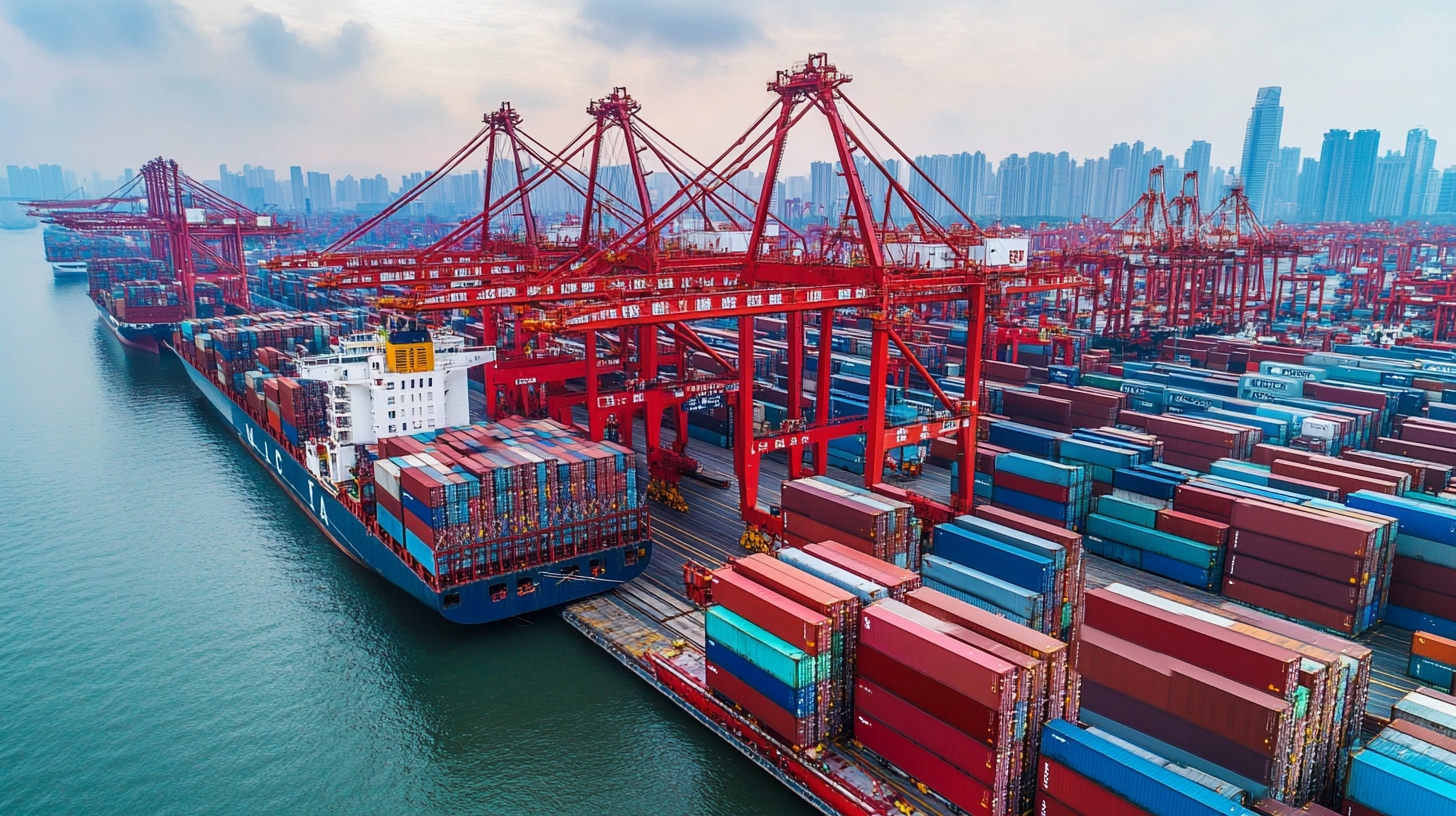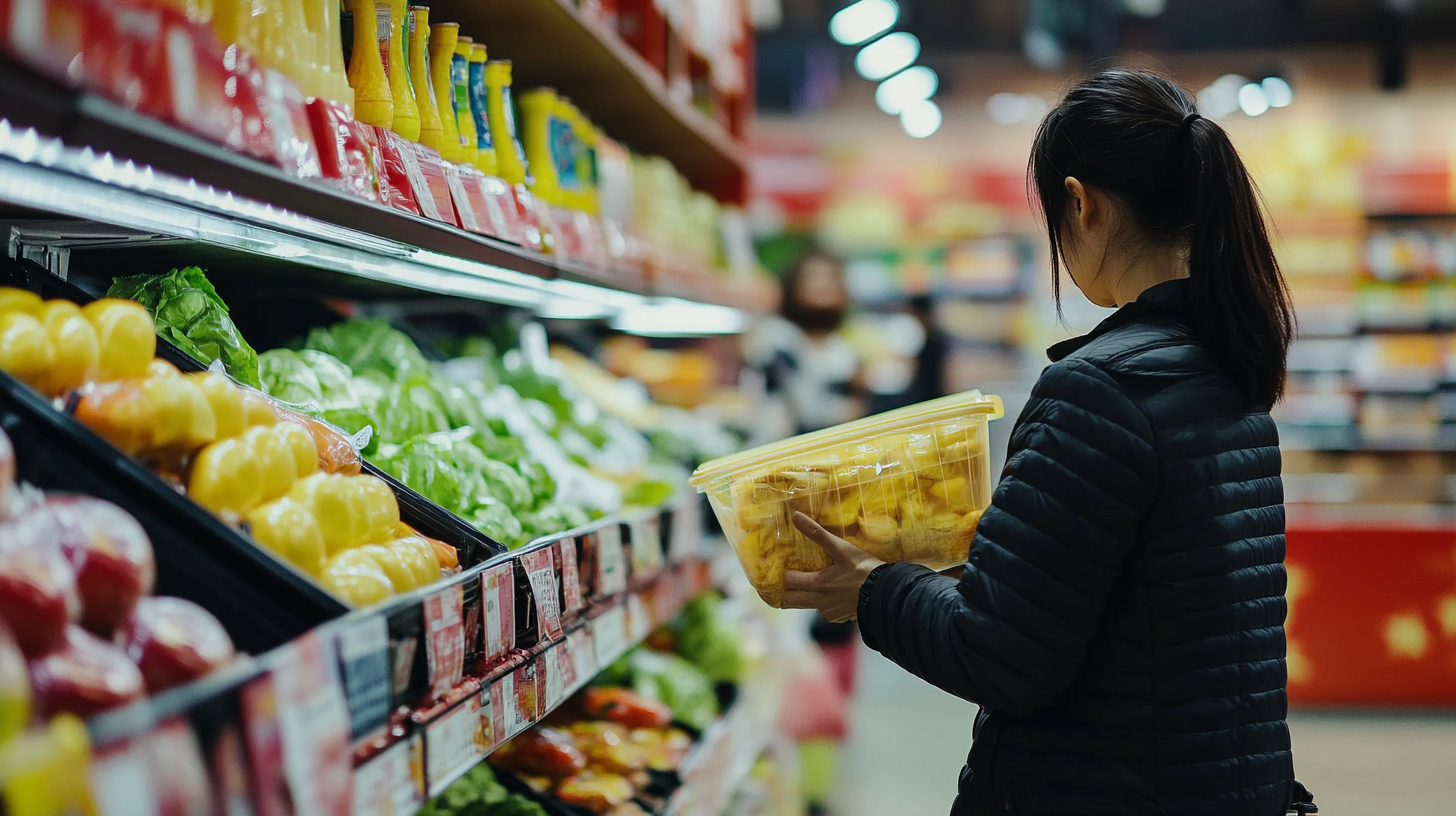Navigating Tariff Challenges: How China's Food Packaging Equipment Surged Despite US-China Trade Tensions
In recent years, the food packaging equipment industry has experienced remarkable resilience, particularly in the face of escalating US-China trade tensions. According to a report by MarketsandMarkets, the global food packaging equipment market is projected to reach $50 billion by 2025, driven by increasing consumer demand for packaged food products. Despite the imposition of tariffs and trade barriers, China's food packaging equipment sector has not only sustained its growth but has also surged ahead, capturing a significant share of the international market. As companies adapt to shifting economic landscapes and seek cost-effective solutions, Chinese manufacturers have leveraged their technological advancements and competitive pricing to position themselves favorably. This blog delves into the strategic maneuvers and innovations that have allowed China's food packaging equipment industry to thrive, even amidst tariff challenges that have deterred other sectors.

Impact of US-China Trade Tensions on Global Food Packaging Market
The ongoing trade tensions between the US and China have significantly impacted various sectors, and the global food packaging market is no exception. As tariffs on Chinese imports escalated, many manufacturers faced increased costs and uncertainty. However, this challenging landscape has not deterred the growth of China's food packaging equipment industry. In fact, innovative strategies and improved technologies have allowed Chinese manufacturers to enhance their competitive edge, driving a surge in demand for their products worldwide.
For companies navigating these tariff challenges, it is crucial to adapt and innovate. One tip is to explore alternative supply chains that can mitigate tariff impacts. Consider sourcing materials from regions not affected by tariffs to keep costs manageable. Additionally, investing in automation and advanced technology can help improve efficiency and reduce production costs, making services more competitive despite external pressures.
Furthermore, building strong relationships with international partners can be beneficial. Tips for fostering these relationships include engaging in open communication to understand each partner's needs better and collaborating on joint projects to share knowledge and resources. By enhancing their networks, companies can strengthen their positions in the global market and navigate the complexities of trade tensions more effectively.

Growing Demand for Food Packaging Equipment in China Amid Tariff Challenges
The recent US-China trade tensions have created significant tariff challenges, prompting businesses to recalibrate their strategies. Despite these hurdles, the demand for food packaging equipment in China has been on the rise. As the Chinese food industry continues to expand and evolve, manufacturers are increasingly seeking advanced packaging solutions that not only comply with local regulations but also enhance efficiency and sustainability.
In response to these challenges, domestic manufacturers have stepped up to fill the gap left by potential foreign suppliers hindered by tariffs. This shift has led to an impressive surge in the capabilities of local food packaging equipment producers, enabling them to innovate and offer competitive solutions tailored to the unique needs of the Chinese market. With a growing emphasis on quality, safety, and environmental considerations, the food packaging sector is positioned for remarkable growth, showcasing resilience in the face of geopolitical uncertainty. As the landscape continues to evolve, it is clear that China’s food packaging industry is set to play a pivotal role in shaping the future of food production and distribution.

Strategies Employed by Chinese Manufacturers to Overcome Trade Barriers
In the face of escalating US-China trade tensions, Chinese manufacturers have adeptly navigated challenges presented by tariffs through innovative strategies. With trade barriers intensifying, especially against industries like automaking, companies specializing in food packaging equipment have found promising avenues for growth. By focusing on efficiencies in production and leveraging local materials, these manufacturers have managed to minimize costs while enhancing competitiveness in overseas markets.
Moreover, the shifting global landscape has prompted Chinese firms to explore alternative markets where barriers are less stringent. By targeting regions like the Middle East, manufacturers are not only diversifying their export destinations but are also circumventing the restrictive measures that have become prevalent in Western markets. This strategic pivot allows them to maintain strong sales momentum despite headwinds, highlighting a flexible approach that could serve as a blueprint for other sectors facing similar trade constraints.
Navigating Tariff Challenges: Market Share of Leading Chinese Food Packaging Equipment Manufacturers
Technological Innovations in China's Food Packaging Sector Amid Economic Pressures
In recent years, China's food packaging sector has demonstrated remarkable resilience and innovation, particularly in light of economic pressures and global trade tensions. Technological advancements play a crucial role in this transformation, as companies increasingly adopt automated processes and sustainable materials to address both consumer demand and regulatory requirements. According to recent reports, the global eco-friendly food packaging market was valued at approximately USD 197.0 billion in 2023 and is expected to soar to USD 319.4 billion by 2030, highlighting a significant shift toward sustainable solutions within the industry.
The evolving landscape of the food and beverage market emphasizes health-focused products and digitalization, providing new avenues for competitiveness. By aligning with these trends, Chinese food packaging manufacturers are not only enhancing their production efficiency but also meeting the rising consumer expectation for environmentally friendly packaging options. Furthermore, as scholars analyze the future of China's food security, they highlight the critical need for innovation in food supply chains, reinforcing the notion that advancements in food packaging technology are vital for ensuring the nation's food safety and sustainability in an increasingly challenging economic environment.
Future Outlook: Sustained Growth for China's Food Packaging Industry Despite Tariffs
China's food packaging industry has shown remarkable resilience and growth amidst ongoing US-China trade tensions and tariff challenges. As tariffs on imported goods have risen, domestic manufacturers have seized the opportunity to innovate and enhance their production capabilities. This surge has not only helped maintain competitiveness but has also positioned China's food packaging sector as a vital player on the global stage.
Looking ahead, the sustained growth of China's food packaging industry seems promising. With a robust domestic market and increasing demand for packaged food products both locally and internationally, manufacturers are likely to continue investing in advanced technologies and sustainable practices. Furthermore, diversification into new markets, coupled with strategic partnerships, will be key in navigating the complexities imposed by tariffs while ensuring a steady trajectory of growth.
Navigating Tariff Challenges: How China's Food Packaging Equipment Surged Despite US-China Trade Tensions
| Year | Market Size (Billion USD) | Growth Rate (%) | Major Export Markets | Key Challenges |
|---|---|---|---|---|
| 2021 | 20.5 | 8.0 | USA, EU, Japan | Tariffs, Supply Chain Disruptions |
| 2022 | 22.3 | 8.8 | USA, EU, Southeast Asia | Tariffs, Increased Competition |
| 2023 (Projected) | 24.0 | 7.6 | USA, Latin America, Australia | Geopolitical Tensions, Regulatory Changes |
| 2024 (Projected) | 26.5 | 10.4 | USA, Europe, Middle East | Innovation Pressure, Sustainability Regulations |
